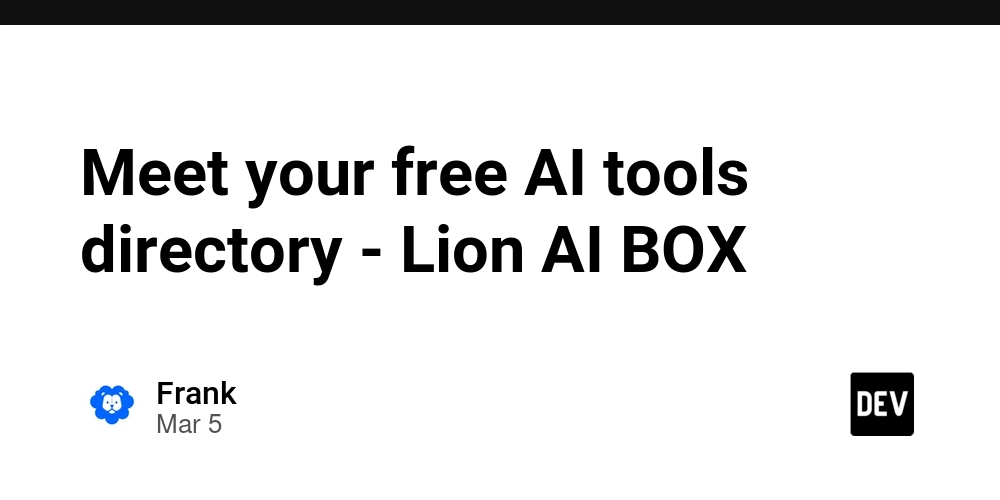Complete Terraform Course - From BEGINNER to PRO
Hi Devopso, welcome to my first Terraform tutorial, this course is for everyone that want to level up their DevOps skills and add terraform to his toolbelt. Prerequises to this course are basic knowledge of programming, aws. In the following tuto we will go through all the concepts form the basic to a modular, automated infrastructure code configuration, Deploying on both staging and production envs using terraform. We will see both theory and hands-on example to give a solid fondation and showing the principles that ca be applied in the real world. Overview Terraform is an open-source Infrastructure as Code (IaC) tool that enables users to describe infrastructure using a high-level configuration language called HCL (HashiCorp Configuration Language). It supports multiple cloud providers like AWS, Azure, Google Cloud, Kubernetes, and even on-premises solutions. SO it help us building, changing, versioning infrastructure safely and effeciently. Architecture Throughout the course i'll be using the following architecture. In this case is web app taking advantage of aws services, including multiple instances running on EC2, Elastic Loadbalancer, RDS database, S3 storage, Route53 for DNS and VPC. Evolution of the Cloud Pre-cloud 90s to 2000s : If we think about the tech companies who are building apps that were deployed to the web needed to do in the 90s : you come up with your idea, you develop the software, and then you need to go off and buy a server and setup a datacenter, handle all the power mngt and networking, .... very challenging process. Cloud 2000s to now : now you come up with idea, you develop the software, ruther than deploying it in your own server, you deploy it on the cloud, to avoid managing all the networking ... What changed ? The insfrastructure is now provisioned via API. Servers deployed and destroyed in seconds. We use to think that infrastructure is long-lived and mutable -> short-lived and immutable Provisioning Approachs: GUI API/CLI IaC What is IaC Infrastructure as Code (IaC) represents a transformative approach to infrastructure management, allowing you to define and manage your entire infrastructure through code. This methodology ensures complete transparency and control over the infrastructure, providing an accurate overview of your environment at any given moment. — Insights from “Terraform: Up & Running Writing Infrastructure as Code” by O’Reilley The advantages of implementing Infrastructure as Code (IaC) are manifold, offering a transformative approach to infrastructure management and scalability. IaC enhances the capacity to efficiently manage and expand your infrastructure. It underpins DevOps methodologies, facilitating swift, uniform deployment and infrastructure management. By automating provisioning and management processes, IaC ensures routines are consistent and replicable, significantly diminishing manual interventions and minimizing the risk of human error. Treating infrastructure configurations as code allows for version control through platforms like Git. This practice supports change tracking, enables reverting to earlier configurations, and promotes team collaboration, streamlining the development and deployment lifecycle. Categories of IaC: Ad hoc scripts Config mngt tools (Ansible) Server templating tools (Packer) Orchestration tools (Kubernetes) Provisioning tools (Terraform) Declarative vs Imperative IaC provisioning tools landscape Cloud-Specific Tools: These are tied to a particular cloud platform, such as AWS CloudFormation, Azure Resource Manager, or Google Cloud Deployment Manager. They offer deep integration with their respective clouds but do not support multi-cloud environments. Cloud-Agnostic Tools: Terraform and Pulumi stand out in this category, offering the flexibility to manage infrastructure across any cloud provider. This approach enables a consistent workflow and tooling, irrespective of the underlying cloud platform. Setting up Terraform Terraform is a robust tool designed for creating, modifying, and maintaining infrastructure with precision and efficiency. It incorporates best practices for application software directly into infrastructure management, ensuring a streamlined and reliable process. — HashiCorp Common patterns Provisioning + Config mngt tool (Ansible) Provisioning + Server templating tool (Packer) Provisioning + Orchestration (Kubernetes) : in this case we are using terraform to provision a k8s cluster,

Hi Devopso, welcome to my first Terraform tutorial, this course is for everyone that want to level up their DevOps skills and add terraform to his toolbelt. Prerequises to this course are basic knowledge of programming, aws. In the following tuto we will go through all the concepts form the basic to a modular, automated infrastructure code configuration, Deploying on both staging and production envs using terraform. We will see both theory and hands-on example to give a solid fondation and showing the principles that ca be applied in the real world.
Overview
Terraform is an open-source Infrastructure as Code (IaC) tool that enables users to describe infrastructure using a high-level configuration language called HCL (HashiCorp Configuration Language). It supports multiple cloud providers like AWS, Azure, Google Cloud, Kubernetes, and even on-premises solutions. SO it help us building, changing, versioning infrastructure safely and effeciently.
Architecture
Throughout the course i'll be using the following architecture. In this case is web app taking advantage of aws services, including multiple instances running on EC2, Elastic Loadbalancer, RDS database, S3 storage, Route53 for DNS and VPC.
Evolution of the Cloud
- Pre-cloud 90s to 2000s : If we think about the tech companies who are building apps that were deployed to the web needed to do in the 90s : you come up with your idea, you develop the software, and then you need to go off and buy a server and setup a datacenter, handle all the power mngt and networking, .... very challenging process.
- Cloud 2000s to now : now you come up with idea, you develop the software, ruther than deploying it in your own server, you deploy it on the cloud, to avoid managing all the networking ...
What changed ?
- The insfrastructure is now provisioned via API.
- Servers deployed and destroyed in seconds.
- We use to think that infrastructure is long-lived and mutable -> short-lived and immutable
Provisioning Approachs:
- GUI
- API/CLI
- IaC
What is IaC
Infrastructure as Code (IaC) represents a transformative approach to infrastructure management, allowing you to define and manage your entire infrastructure through code. This methodology ensures complete transparency and control over the infrastructure, providing an accurate overview of your environment at any given moment. — Insights from “Terraform: Up & Running Writing Infrastructure as Code” by O’Reilley
The advantages of implementing Infrastructure as Code (IaC) are manifold, offering a transformative approach to infrastructure management and scalability.
- IaC enhances the capacity to efficiently manage and expand your infrastructure.
- It underpins DevOps methodologies, facilitating swift, uniform deployment and infrastructure management. By automating provisioning and management processes, IaC ensures routines are consistent and replicable, significantly diminishing manual interventions and minimizing the risk of human error.
- Treating infrastructure configurations as code allows for version control through platforms like Git. This practice supports change tracking, enables reverting to earlier configurations, and promotes team collaboration, streamlining the development and deployment lifecycle.
Categories of IaC:
- Ad hoc scripts
- Config mngt tools (Ansible)
- Server templating tools (Packer)
- Orchestration tools (Kubernetes)
- Provisioning tools (Terraform)
Declarative vs Imperative
IaC provisioning tools landscape
- Cloud-Specific Tools: These are tied to a particular cloud platform, such as AWS CloudFormation, Azure Resource Manager, or Google Cloud Deployment Manager. They offer deep integration with their respective clouds but do not support multi-cloud environments.
- Cloud-Agnostic Tools: Terraform and Pulumi stand out in this category, offering the flexibility to manage infrastructure across any cloud provider. This approach enables a consistent workflow and tooling, irrespective of the underlying cloud platform.
Setting up Terraform
Terraform is a robust tool designed for creating, modifying, and maintaining infrastructure with precision and efficiency. It incorporates best practices for application software directly into infrastructure management, ensuring a streamlined and reliable process. — HashiCorp
Common patterns
- Provisioning + Config mngt tool (Ansible)
- Provisioning + Server templating tool (Packer)
- Provisioning + Orchestration (Kubernetes) : in this case we are using terraform to provision a k8s cluster,



















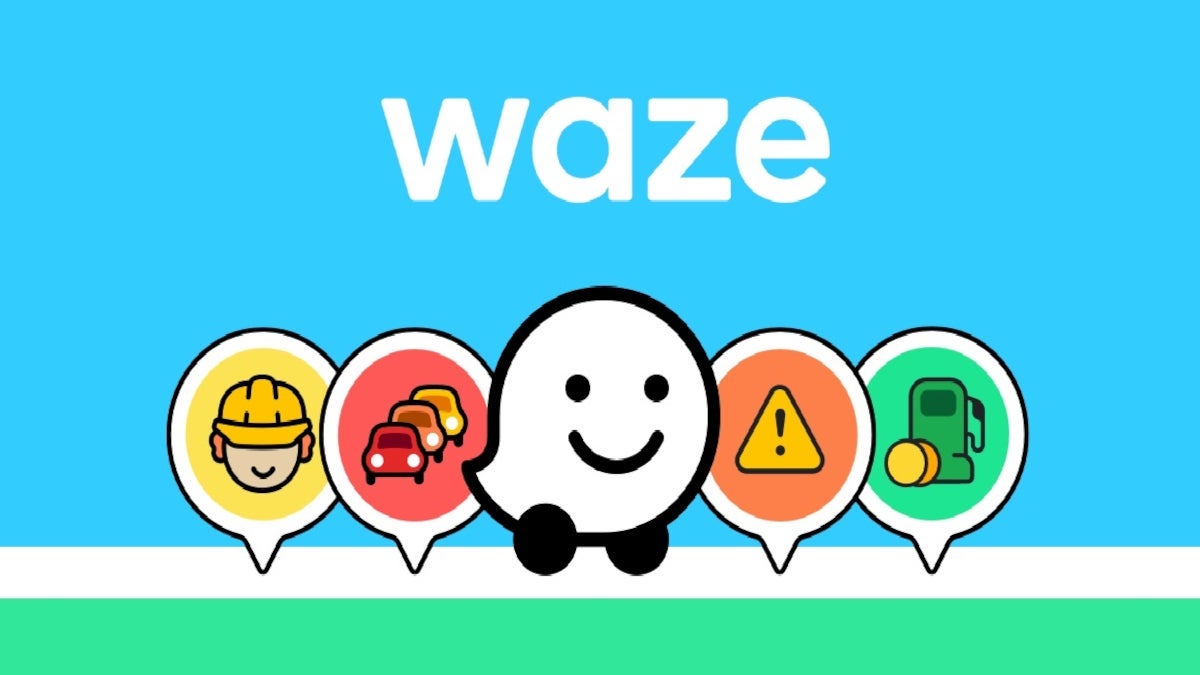































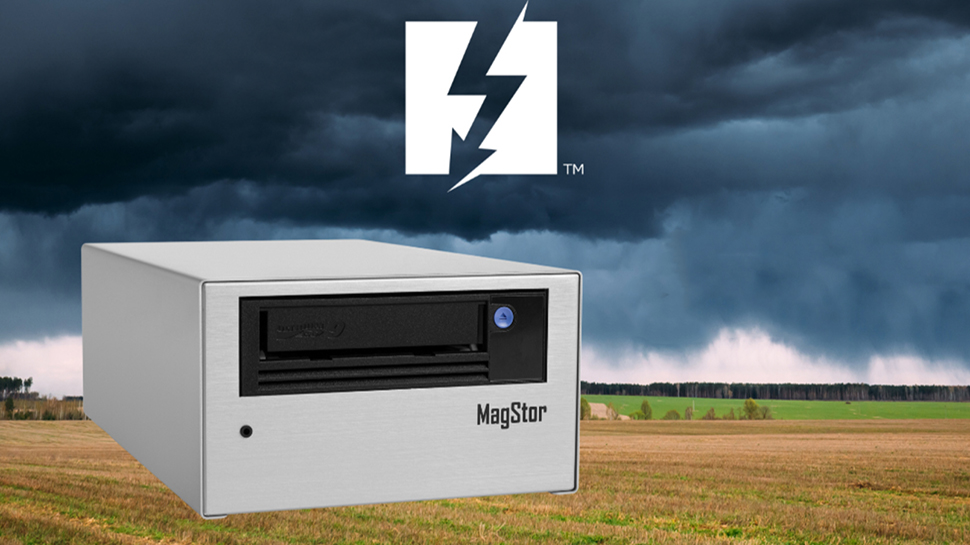















![Apple's M5 iPad Pro Enters Advanced Testing for 2025 Launch [Gurman]](https://www.iclarified.com/images/news/96865/96865/96865-640.jpg)
![M5 MacBook Pro Set for Late 2025, Major Redesign Waits Until 2026 [Gurman]](https://www.iclarified.com/images/news/96868/96868/96868-640.jpg)
![Apple to Revamp Health App with AI-Powered Doctor [Gurman]](https://www.iclarified.com/images/news/96870/96870/96870-640.jpg)
![Lowest Prices Ever: Apple Pencil Pro Just $79.99, USB-C Pencil Only $49.99 [Deal]](https://www.iclarified.com/images/news/96863/96863/96863-640.jpg)














![What Google Messages features are rolling out [March 2025]](https://i0.wp.com/9to5google.com/wp-content/uploads/sites/4/2023/12/google-messages-name-cover.png?resize=1200%2C628&quality=82&strip=all&ssl=1)









































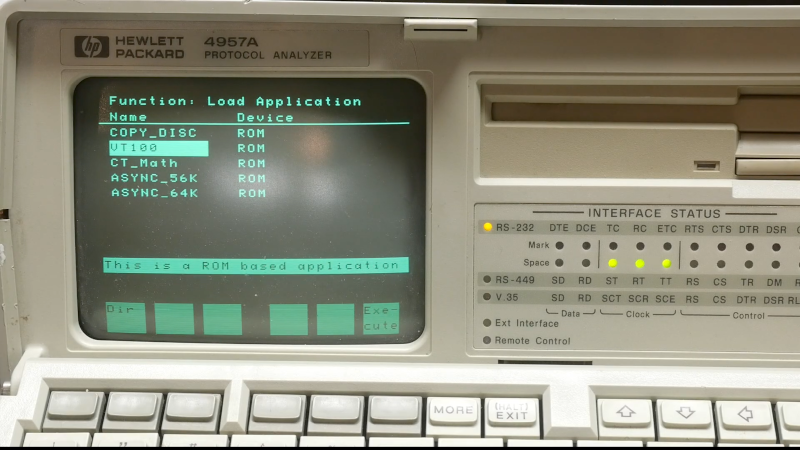

















































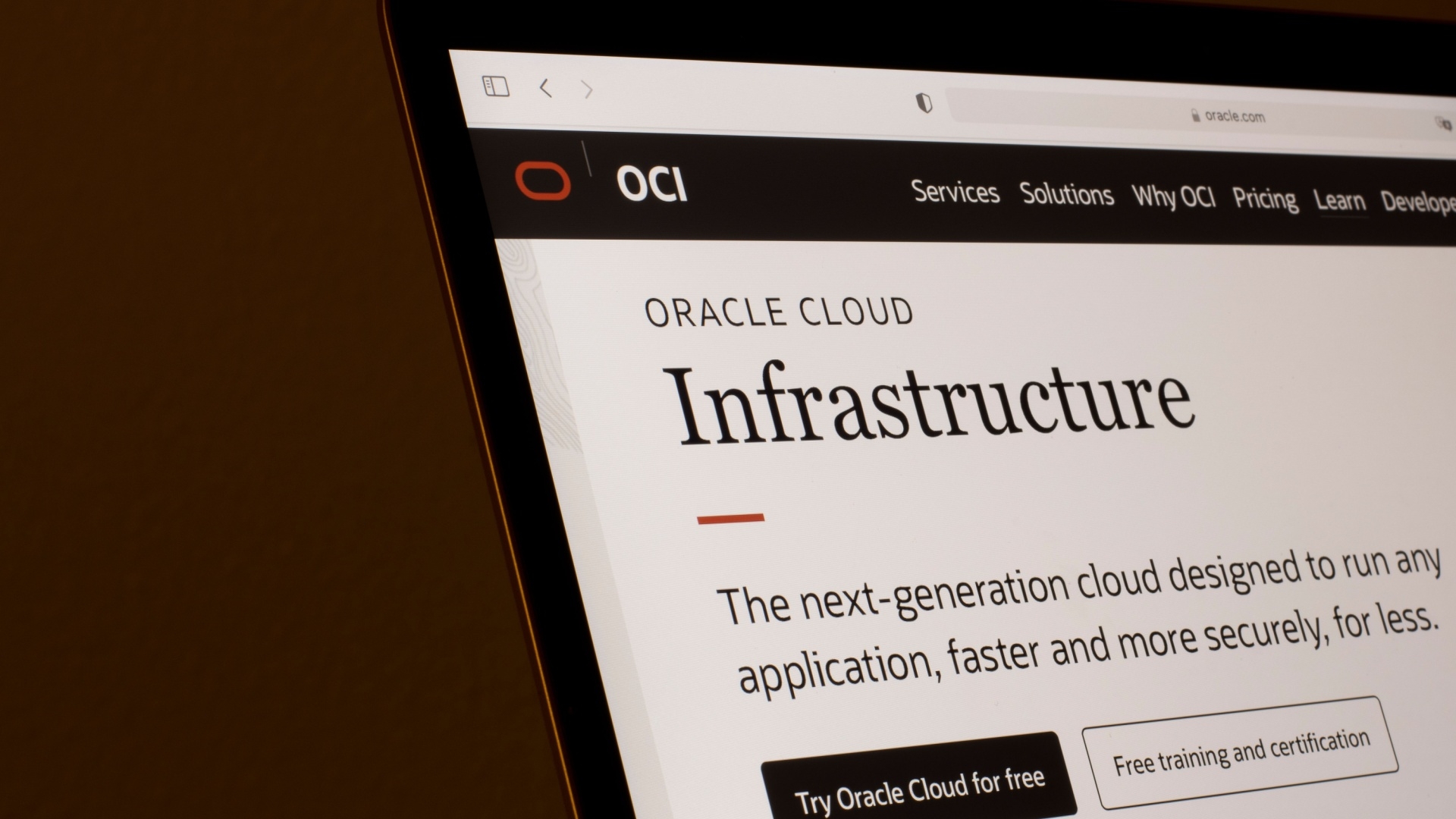







































































![[The AI Show Episode 141]: Road to AGI (and Beyond) #1 — The AI Timeline is Accelerating](https://www.marketingaiinstitute.com/hubfs/ep%20141.1.png)
![[The AI Show Episode 140]: New AGI Warnings, OpenAI Suggests Government Policy, Sam Altman Teases Creative Writing Model, Claude Web Search & Apple’s AI Woes](https://www.marketingaiinstitute.com/hubfs/ep%20140%20cover.png)
![[The AI Show Episode 139]: The Government Knows AGI Is Coming, Superintelligence Strategy, OpenAI’s $20,000 Per Month Agents & Top 100 Gen AI Apps](https://www.marketingaiinstitute.com/hubfs/ep%20139%20cover-2.png)

























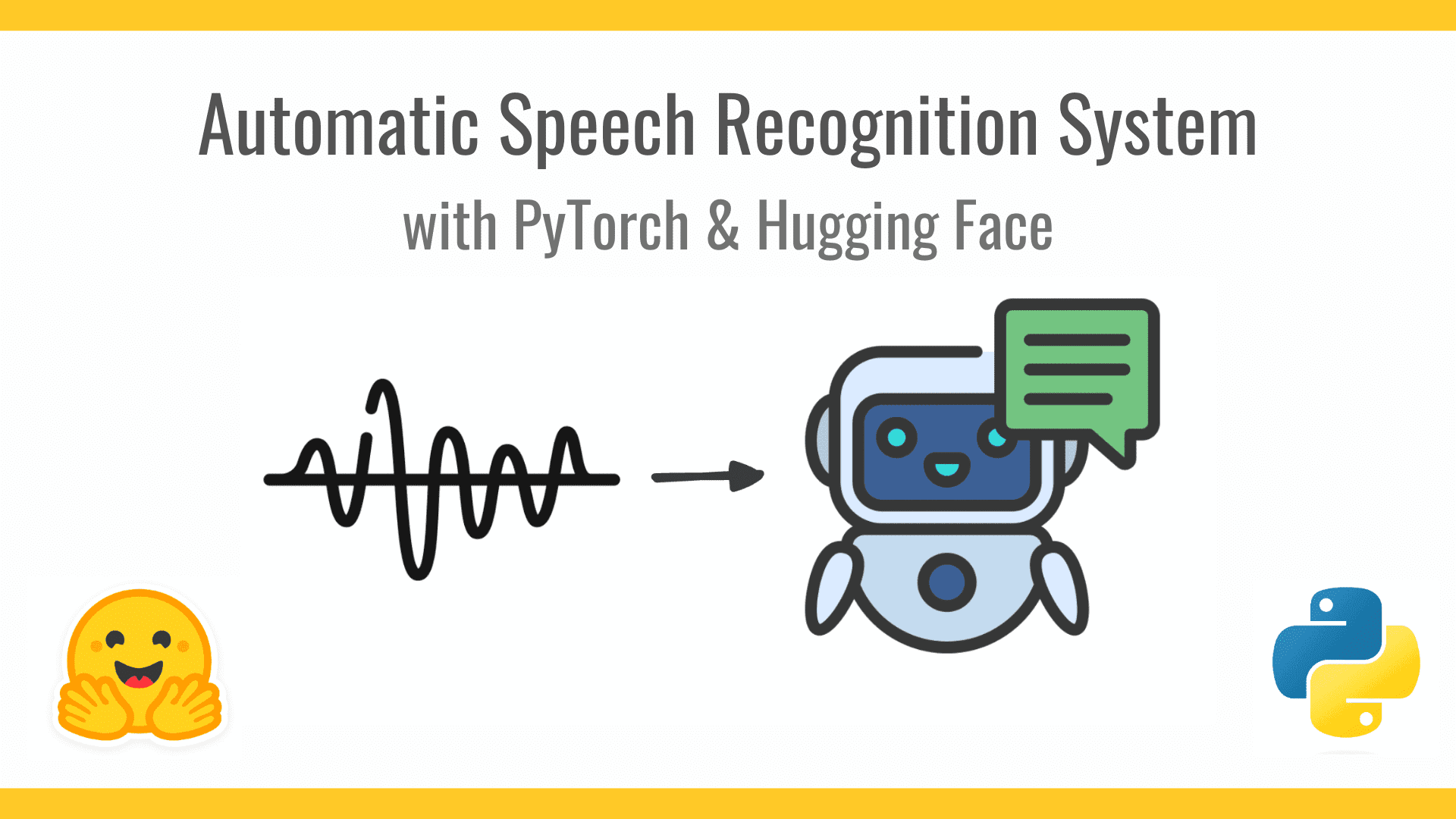




























































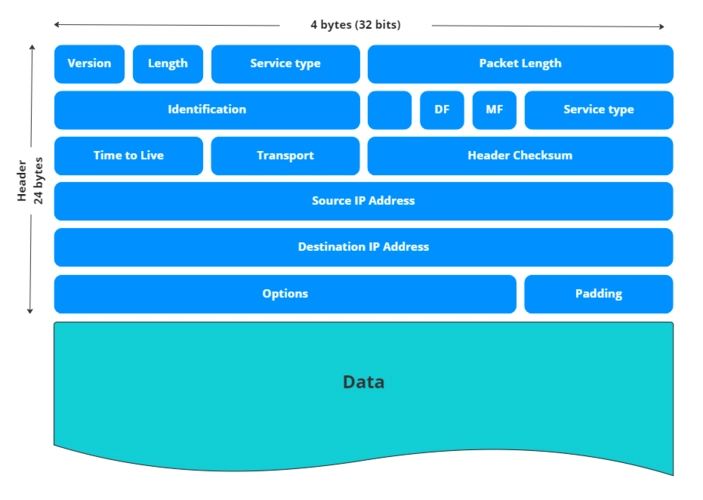


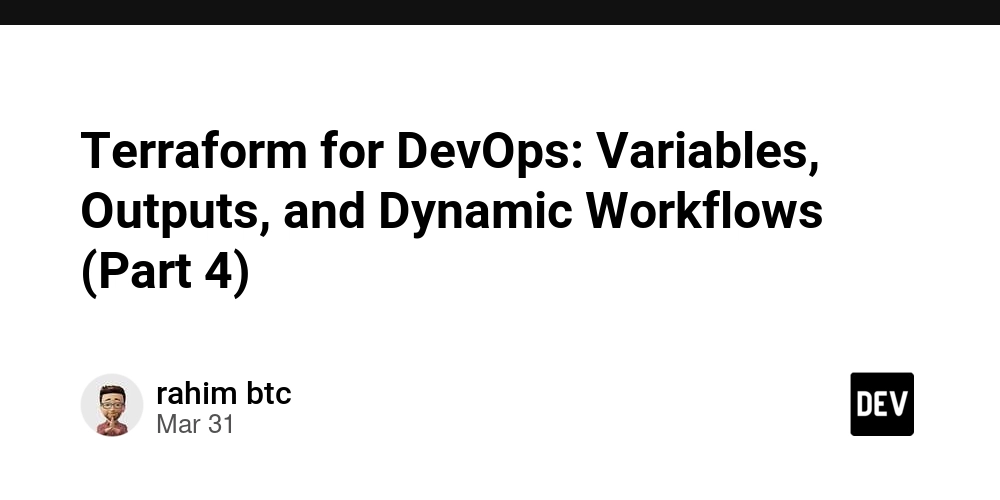


































![From broke musician to working dev. How college drop-out Ryan Furrer taught himself to code [Podcast #166]](https://cdn.hashnode.com/res/hashnode/image/upload/v1743189826063/2080cde4-6fc0-46fb-b98d-b3d59841e8c4.png?#)



![[FREE EBOOKS] The Ultimate Linux Shell Scripting Guide, Artificial Intelligence for Cybersecurity & Four More Best Selling Titles](https://www.javacodegeeks.com/wp-content/uploads/2012/12/jcg-logo.jpg)




























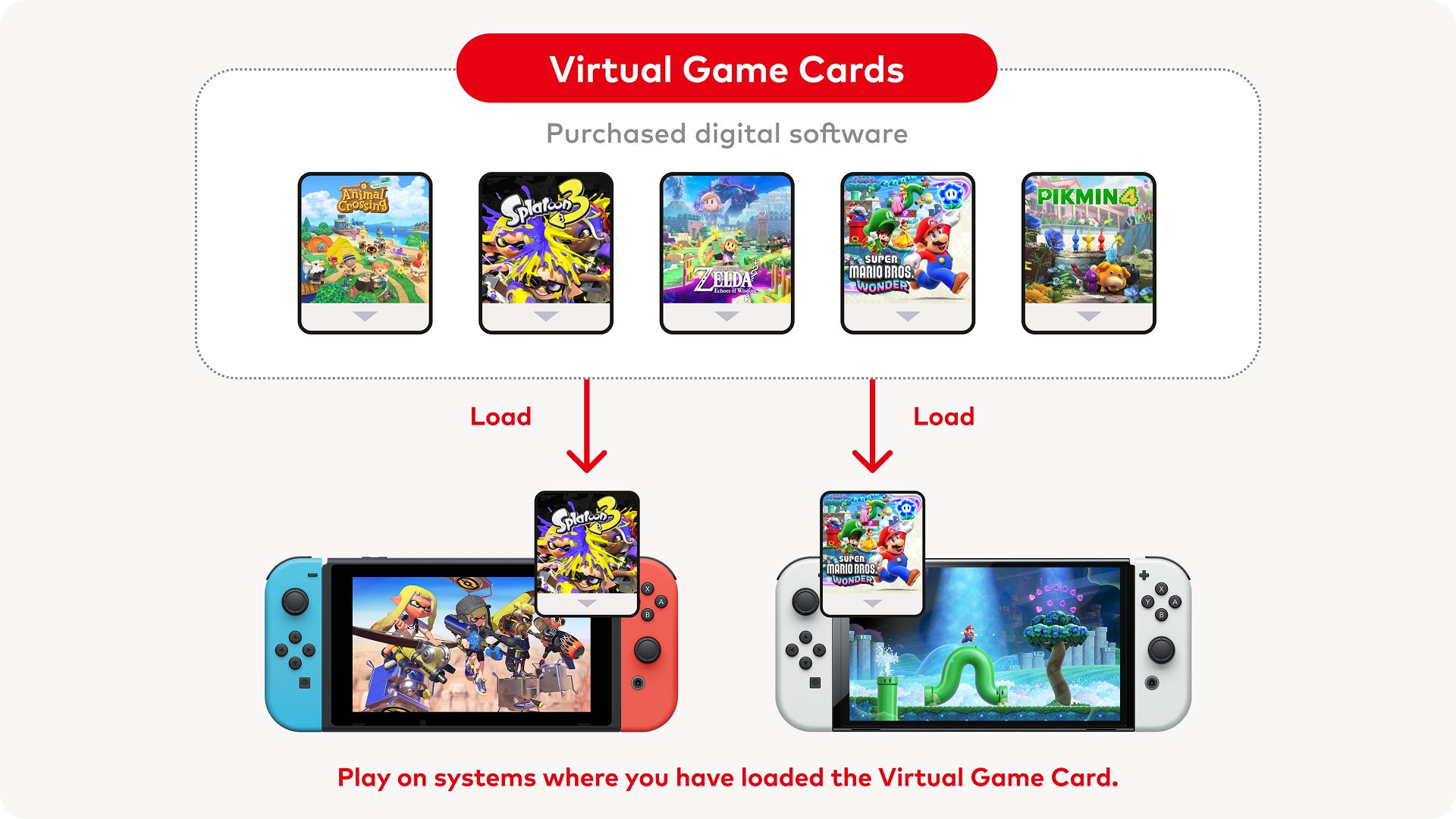






.png?#)















































